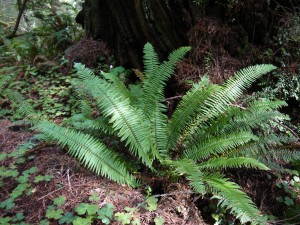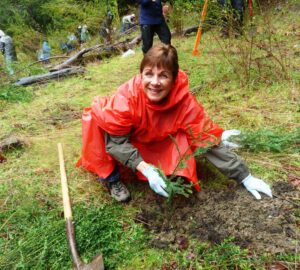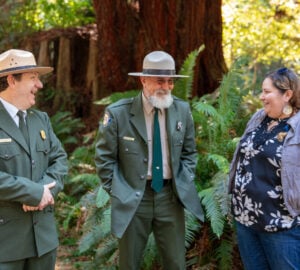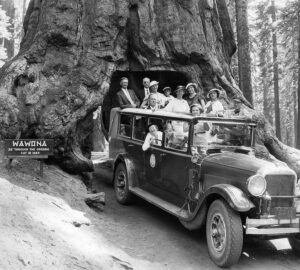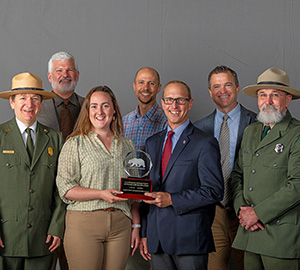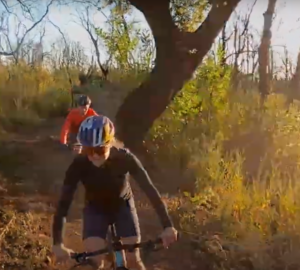Ferns are under-appreciated, despite the fact that as a group they have more than 12,000 species worldwide and their lineage is even older than the redwoods! Maybe I’m a fern nerd (well, no maybe about it actually), but I can’t think about redwood trees without also thinking about the ferns that grow in their shadows.
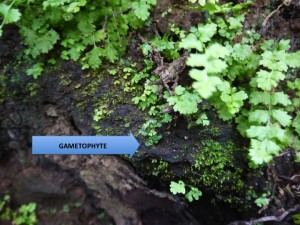
This week, I went exploring in the redwood forest with my colleagues in search of elusive, tiny ferns. It’s common to see tall, lush ferns blanketing the forest floor, but did you know those same ferns also have an alternate life form? It’s true! The other life forms are called gametophytes and are small heart-shaped plants that thrive in moist, dim, and sheltered patches of the redwood forest. During our exploration, we found them most often clinging to the side of fallen logs where they wait for conditions to be just right so that they can reproduce.
Gametophytes are parents to all the bigger ferns we see in the woods because they are the sexual generation and surprisingly even have swimming sperm. Once fertilization happens, the more recognizable fern generation (called the sporophyte) begins to grow. We can’t have one generation without the other and yet we know very little about the biology of gametophytes.
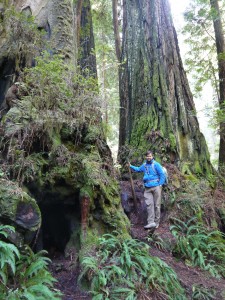
My colleagues and I are trying to understand what conditions help these gametophytes thrive, because the future of our redwood forest ferns depend on this alternate generation being successful.
